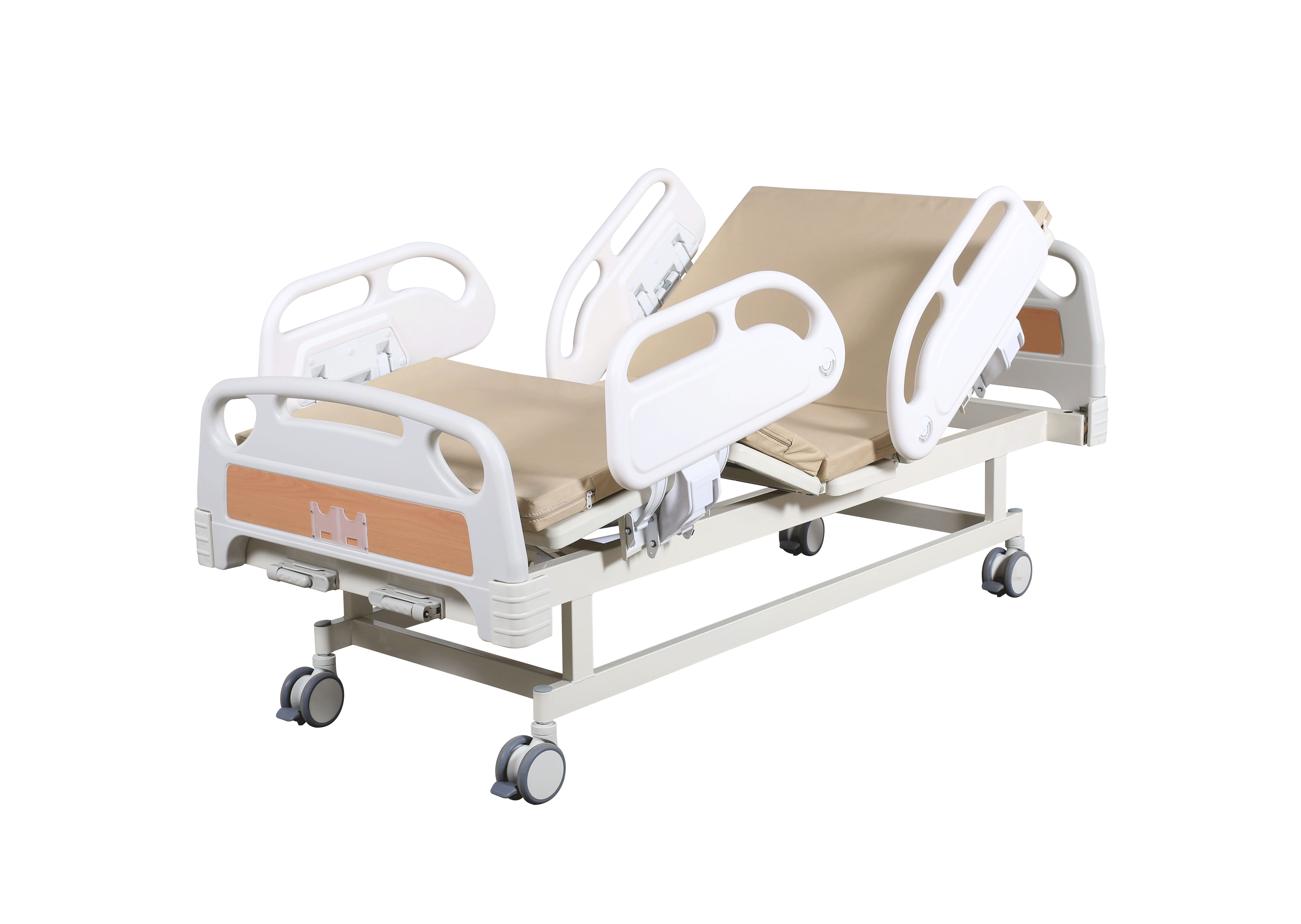Welcome to our websites!
Using Crutches to Alleviate Pain from Tendonitis and Improve Mobility
Understanding the Use of Crutches for Tendonitis
Tendonitis is a common condition characterized by the inflammation of a tendon, typically resulting from repetitive motions or overuse. It can occur in various parts of the body, including the elbow (tennis elbow), shoulder (rotator cuff tendonitis), and Achilles tendon. Symptoms usually include pain, swelling, and reduced mobility, which can significantly impact daily activities. One of the more practical management strategies for tendonitis, especially in chronic cases, is the use of crutches to alleviate stress on the affected joint or tendon.
The Role of Crutches in Managing Tendonitis
Crutches are primarily designed to assist individuals who are temporarily unable to bear weight on their legs due to injury or surgery. However, crutches can also play a vital role in managing conditions like tendonitis. By using crutches, individuals can offload pressure from the affected limb, allowing the inflamed tendon to rest and heal without the added burden of weight-bearing activities.
For instance, someone suffering from Achilles tendonitis might find relief by utilizing crutches to move around without placing strain on their ankle. This can help reduce inflammation and prevent further injury during the recovery process. Similarly, individuals with knee or hip tendonitis can also benefit from the use of crutches, ensuring that they remain mobile while minimizing discomfort.
When to Use Crutches
The decision to use crutches should be made in consultation with a healthcare professional. In many cases, healthcare providers recommend crutches when a patient demonstrates significant pain during weight-bearing activities or experiences swelling that suggests the tendonitis is exacerbated by activity.
Crutches may be particularly beneficial during flare-ups when symptoms intensify, or after periods of intense physical activity. For those with chronic tendonitis, alternating between rest and activity—known as a guided rehabilitation approach—can prove effective. Crutches provide a practical means for patients to remain active and engaged in their daily lives while adhering to their treatment plan.
Techniques for Effective Use of Crutches
crutches for tendonitis

Using crutches properly is crucial to ensure comfort and avoid additional injury. Here are some tips for their effective use
1. Correct Height Adjustment Ensure that the crutches are adjusted to the correct height. When standing straight, the top of the crutches should reach about 1-2 inches below your armpits. The hand grips should be level with your hip. 2. Proper Grip Your hands should grip the handles comfortably, with your elbows slightly bent. This position allows for better control and reduces fatigue.
3. Weight Distribution When using crutches, lean your weight on your hands instead of your armpits to avoid discomfort. Position the crutches slightly ahead of you, then step forward with your unaffected leg, following through with the crutches.
4. Pacing Yourself Initially, using crutches may feel awkward, and fatigue might set in quickly. It is important to take breaks and pace yourself to avoid muscle strain in your upper body.
5. Rehabilitation Exercises While crutches help facilitate healing, it's also essential to engage in appropriate rehabilitation exercises as prescribed by a therapist. This will promote flexibility and strength in the affected area while allowing for a gradual return to normal activities.
Conclusion A Comprehensive Approach to Tendonitis
While crutches are a useful tool for managing tendonitis, they should be part of a comprehensive approach to treatment. This often includes physical therapy, pain management strategies, and modifying activities that lead to overuse. By effectively managing their symptoms, individuals suffering from tendonitis can enhance their quality of life, continue to engage in activities they enjoy, and ultimately return to a pain-free existence.
In summary, whether dealing with tendonitis in the shoulder, knee, or ankle, exploring the use of crutches can be an essential part of the recovery process. Always consult with a healthcare provider to tailor a plan that best meets your personal needs, ensuring a smoother path to recovery.
-
Transforming Healthcare with Hospital FurnitureNewsJun.24,2025
-
Rehabilitation EquipmentNewsJun.24,2025
-
Mobility and Independence with WheelchairsNewsJun.24,2025
-
Freedom of Mobility with Our Rollator WalkersNewsJun.24,2025
-
Comfort and Independence with Commode ChairsNewsJun.24,2025
-
Bathing Safety and Independence with Shower ChairsNewsJun.24,2025
-
Navigating the Wholesale Landscape of Electric Mobility Solutions: Key Considerations for Power Wheelchair DealersNewsJun.10,2025











